
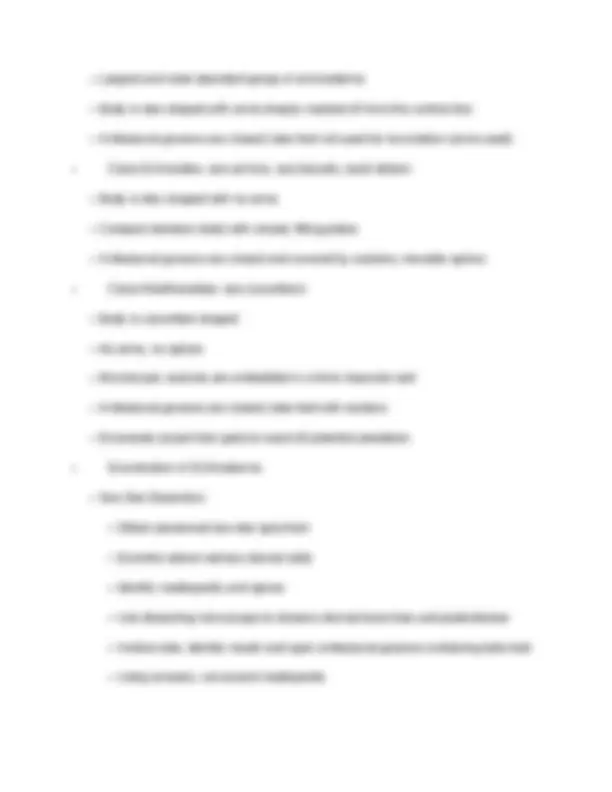

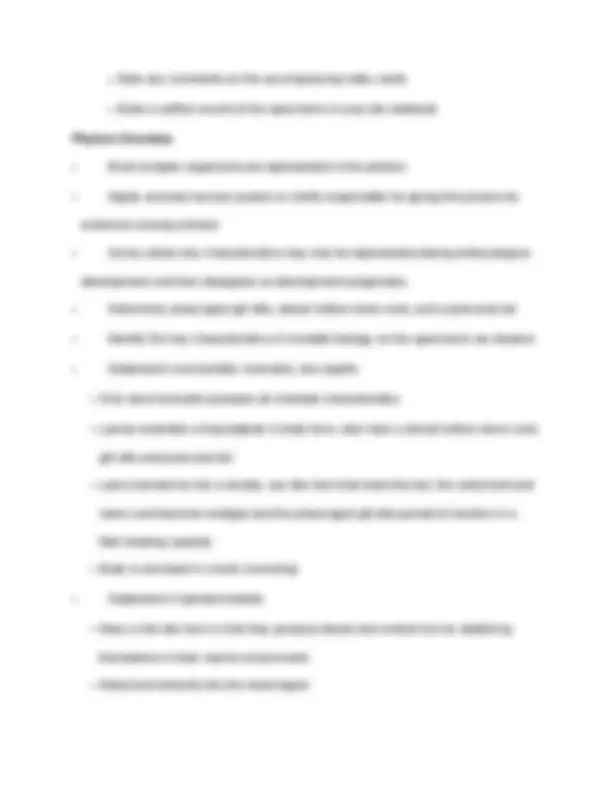
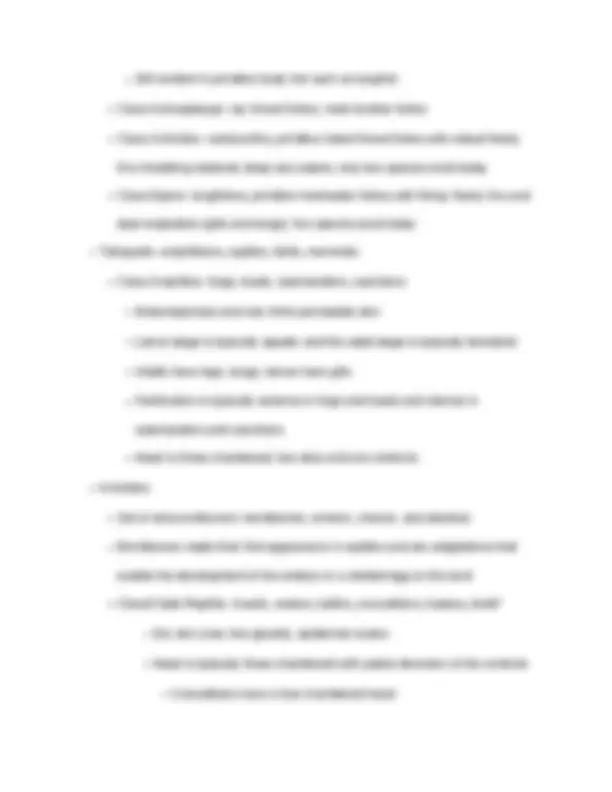
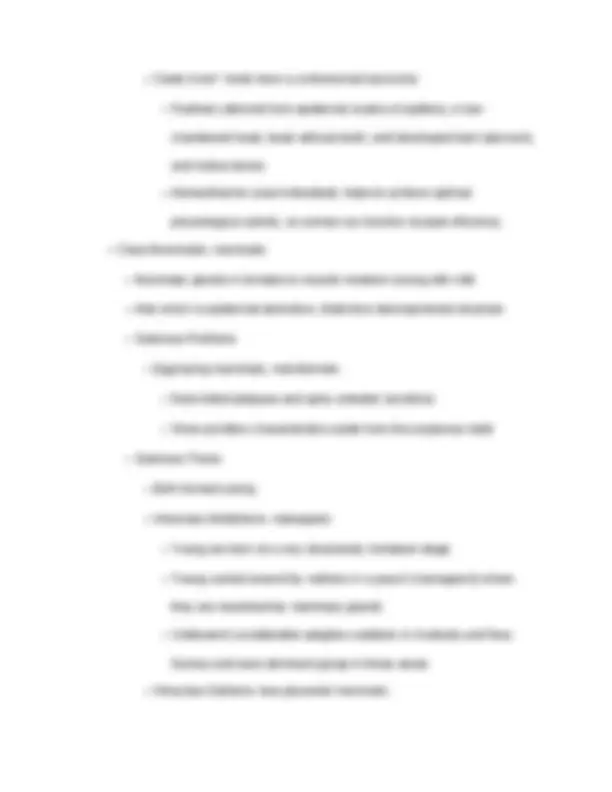
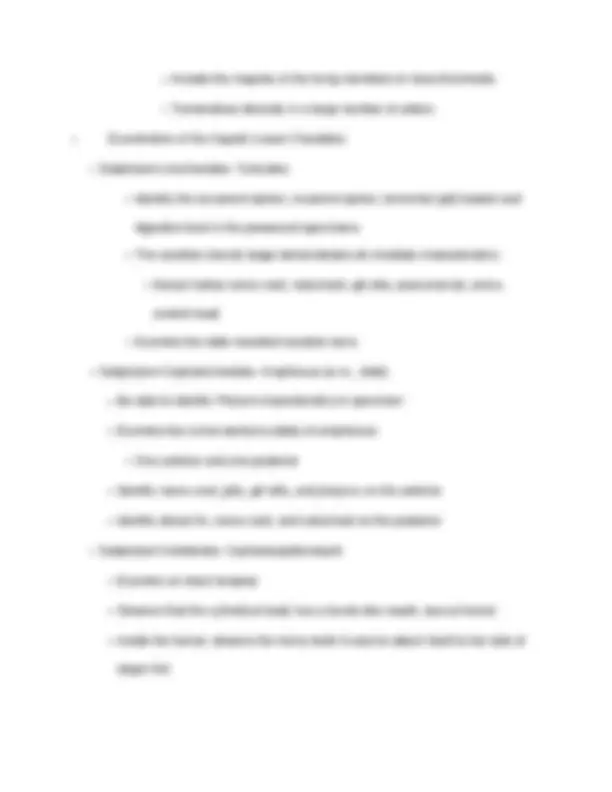


Study with the several resources on Docsity

Earn points by helping other students or get them with a premium plan


Prepare for your exams
Study with the several resources on Docsity

Earn points to download
Earn points by helping other students or get them with a premium plan
Community
Ask the community for help and clear up your study doubts
Discover the best universities in your country according to Docsity users
Free resources
Download our free guides on studying techniques, anxiety management strategies, and thesis advice from Docsity tutors
An overview of the phyla echinodermata and chordata, focusing on their characteristics, subphyla, and key features. It includes information on the body symmetry, coelom, and specific traits of echinoderms and chordates, as well as the development and functions of their various subphyla. Students are encouraged to examine and label diagrams of sea stars and other specimens, as well as observe live and preserved echinoderms and chordates.
Typology: Lab Reports
1 / 11

This page cannot be seen from the preview
Don't miss anything!







Section 3 Dr. Pablo Delis Joe Lahovski 11/12/
Objective: